Note: Numbering error in title. This is Update 12 originally posted January 2019.
Posted on behalf of the Horehound Biocontrol Group
Happy New Year everyone,
It is a great joy to open this year with such a positive update: the horehound biocontrol agents have been released!
It all happened in the two weeks leading up to Christmas. On the afternoon of Friday Dec 7th 2019 we were granted permission from MPI to remove the moths out of containment, and by Saturday morning the first shipment of clearwing moth eggs was ready to go thanks to Lindsay Smith of Manaaki Whenua – Landcare Research. By evening that Saturday these eggs were in their new home in the Mackenzie, and the following two weeks were an ongoing cycle of preparation-travel-release, ending with the last trip on Friday Dec 21st. Altogether we made 13 releases: five of the clearwing moth and eight of the plume moth, spread from Marlborough in the north to Mackenzie in the south. Just to put things in perspective, we weren’t quite sure if we will have enough eggs to make more than one release of the clearwing moth and maybe two or three of the plume moth. Being able to make such a bumper number of releases is incredibly unusual in biocontrol programmes, and is going to make a big difference to the chances of these agents to establish – we have given them the best start possible.
Release techniques
Plume moths are relatively straight forward to release. We removed larvae from containment, put them on fresh cut horehound stems and leaves outside of containment and, upon arrival at the release site, sprinkle the leaves with larvae on them onto established plants. Once the cut stems and leaves dry out, the mobile larvae crawl onto the living plant. That’s it!
Clearwing moths are way more elaborate to release freshly out of containment. Biosecurity requirements dictate that we cannot release individuals of the generation that was imported into containment. It has to be following generation/s that get taken out. We are also not allowed to take out of containment any plant material. We can only take out free-living life-stages of the insect. For an insect like the clearwing moth, whose larvae develop inside the roots, this makes things tricky. We could not release the adults that emerged in containment because they are the same generation that was imported, and we did not want to try rearing the moths through a complete life cycle in roots inside containment because this strategy has ‘FAILURE’ written all over it. Our best option was to harvest the freshly laid eggs, and quickly get them out there before they hatch. The Australian experience came to the rescue once again. They found that gluing the eggs to toothpicks and sticking each toothpick on to a cut stem of a plant, one toothpick per plant, did the trick, and did it well. They also found, through trial and error, that there is a need to release at least 800 eggs per site to achieve establishment. Now calculate the effort required… The photos below tell the story of this epic task better than words – the number of people who turned up at each site at short notice, and the number of person-hours at each release have added up very quickly. We can’t thank you all enough for giving up your time and engaging in this arguably OCD release technique … This could not have been achieved without this dedicated recruitment. This is a good place to acknowledge Gavin, who made the conscious effort to come to all but one of the releases! And to his daughter Sara who joined many of the releases too – not every teenager’s idea of how to spend your school holidays – you did an awesome job Sara!
The good news is that future re-distribution efforts should be easier. It should be possible to dig up infected plants at the right time of year and transport them to a new site, where the adults can emerge and make themselves at home more naturally.
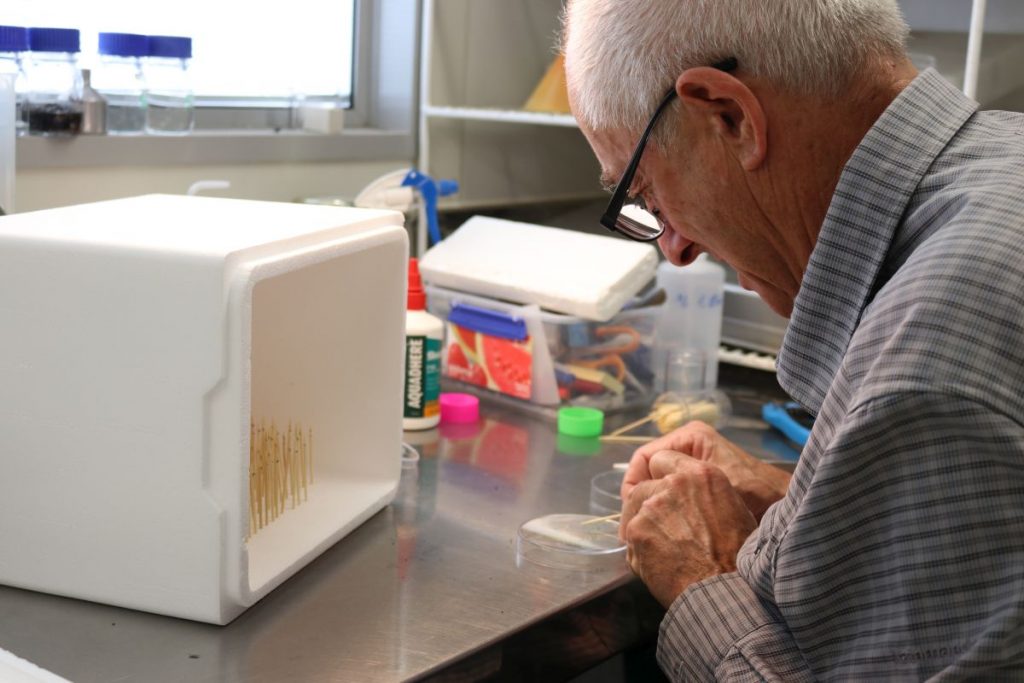
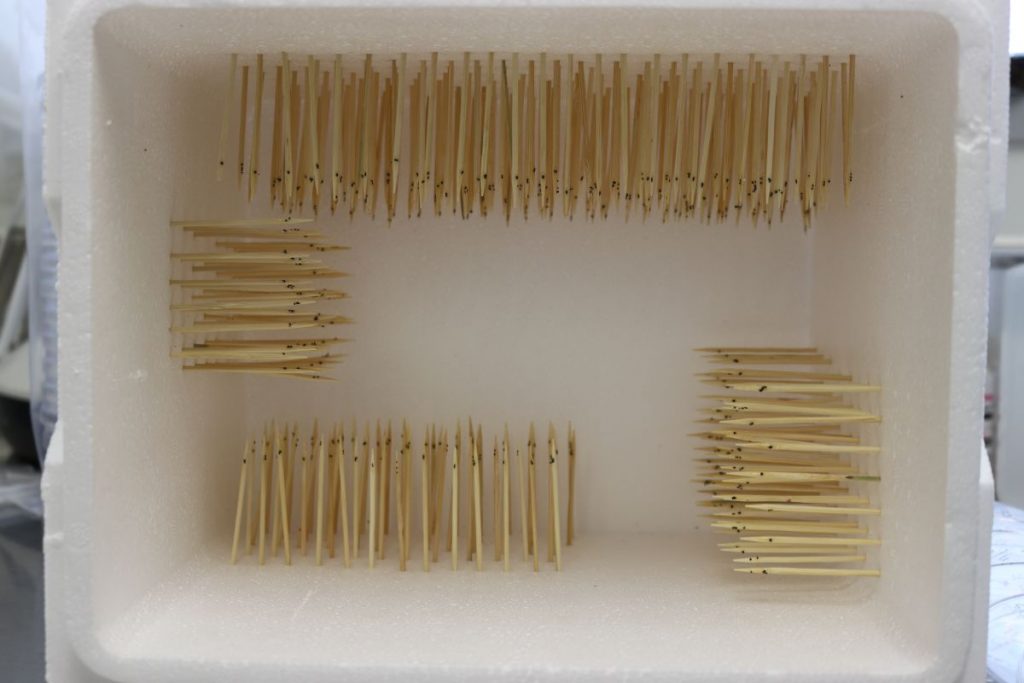
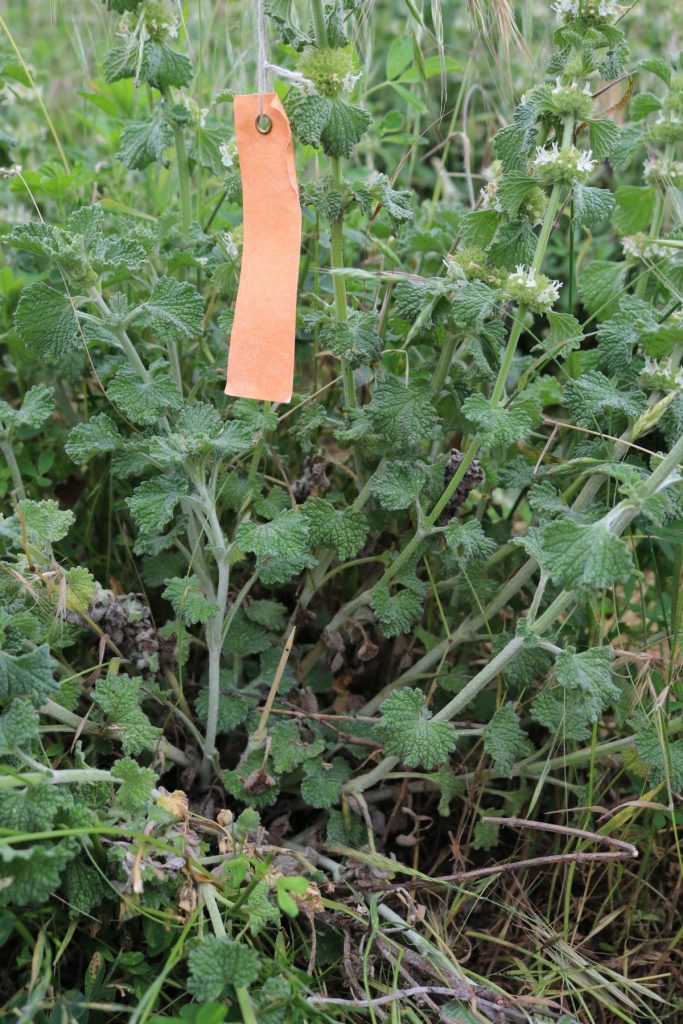
Release Teams
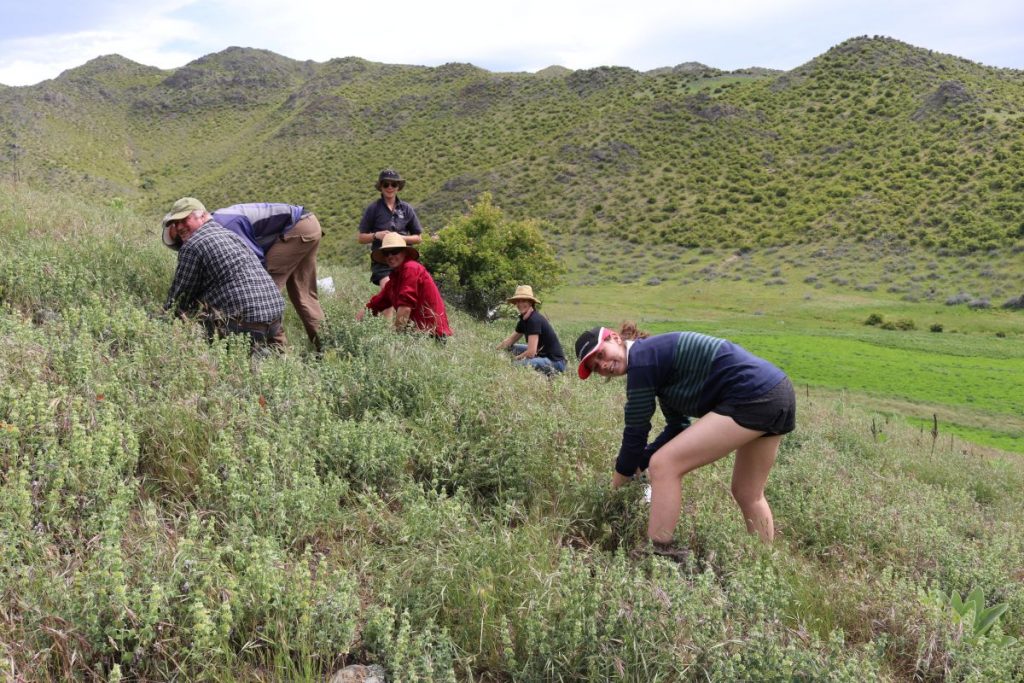
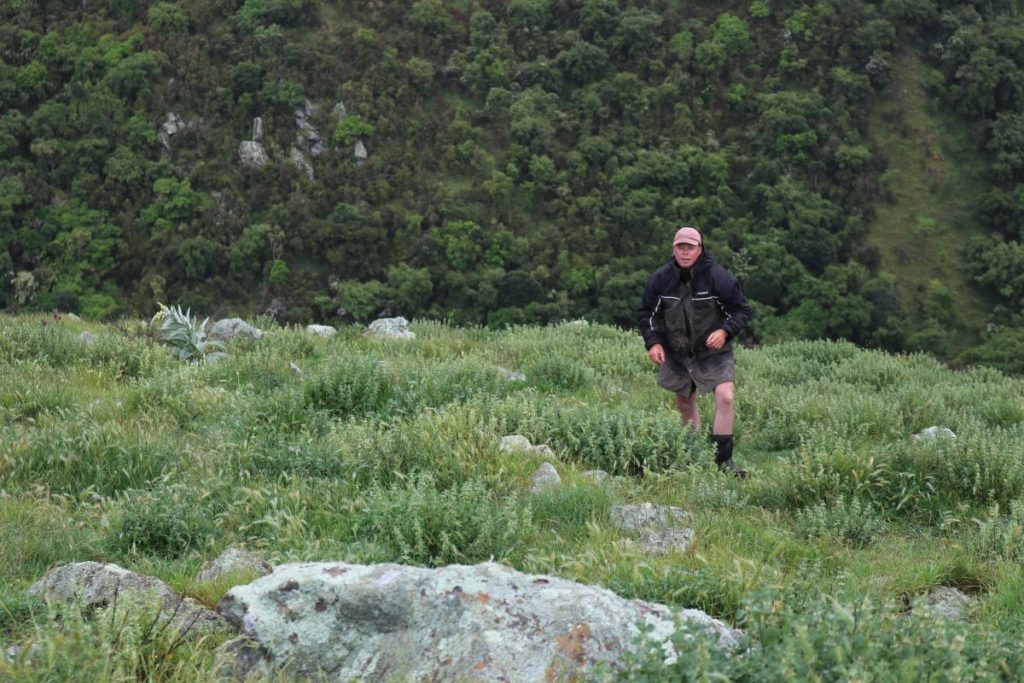

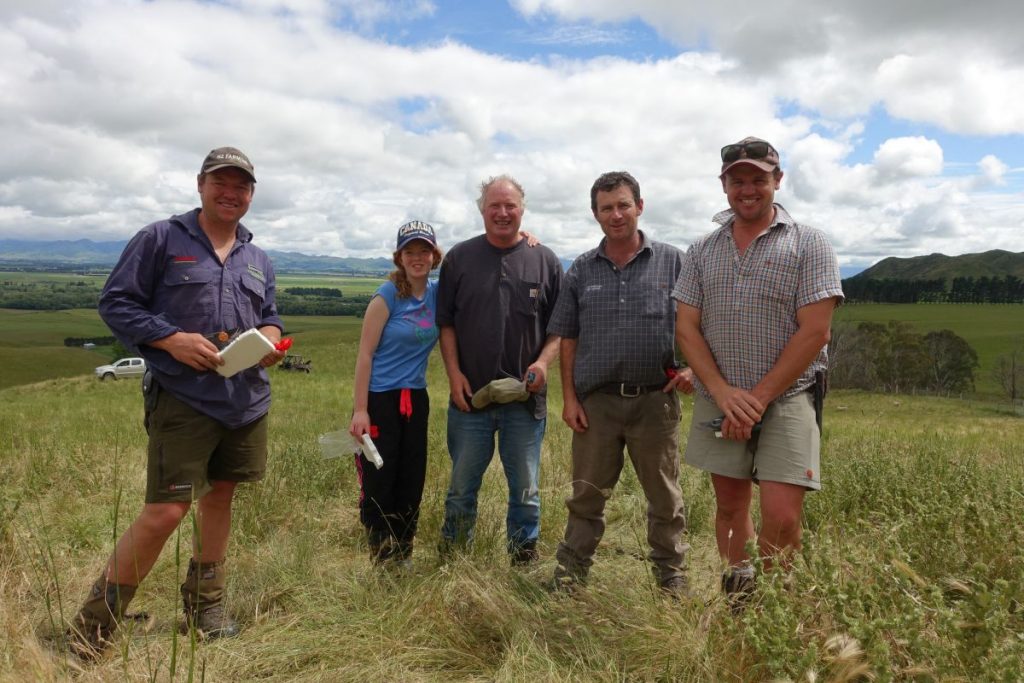
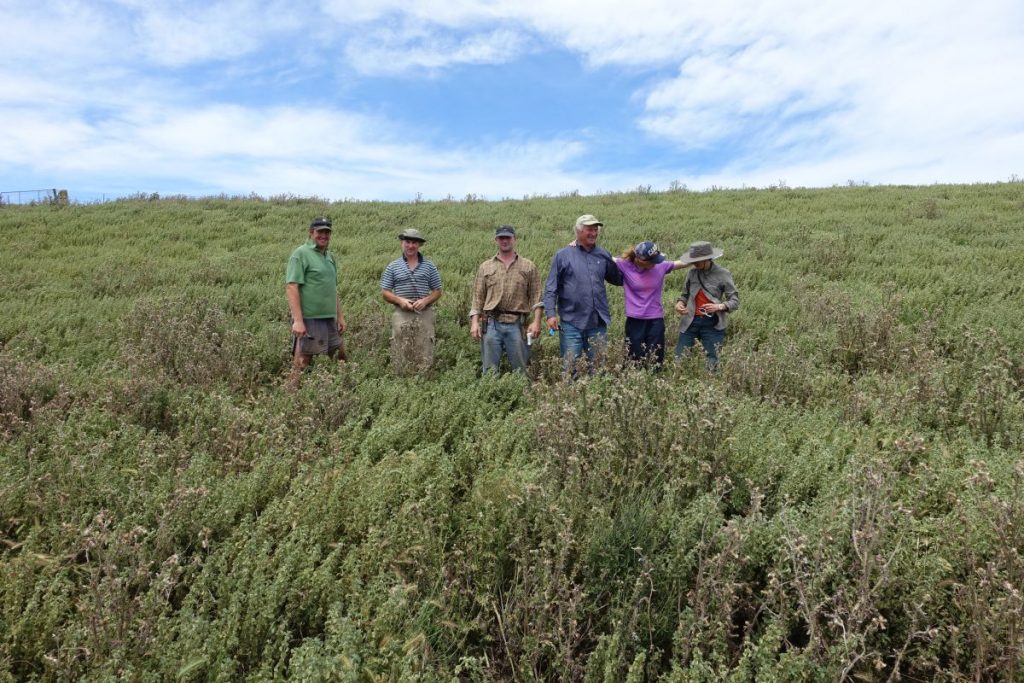
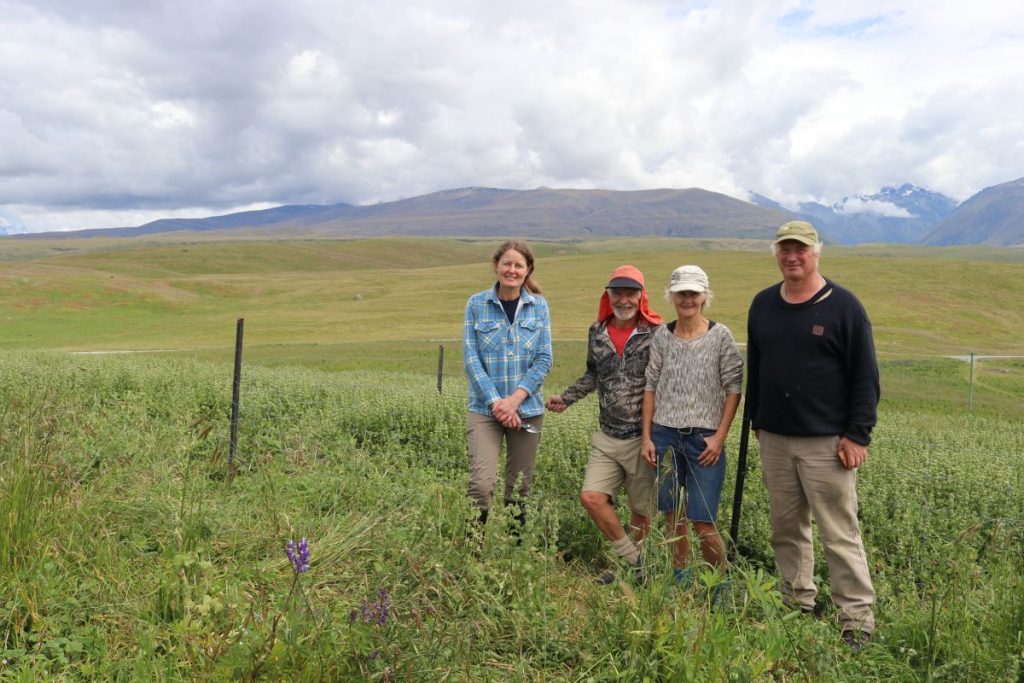
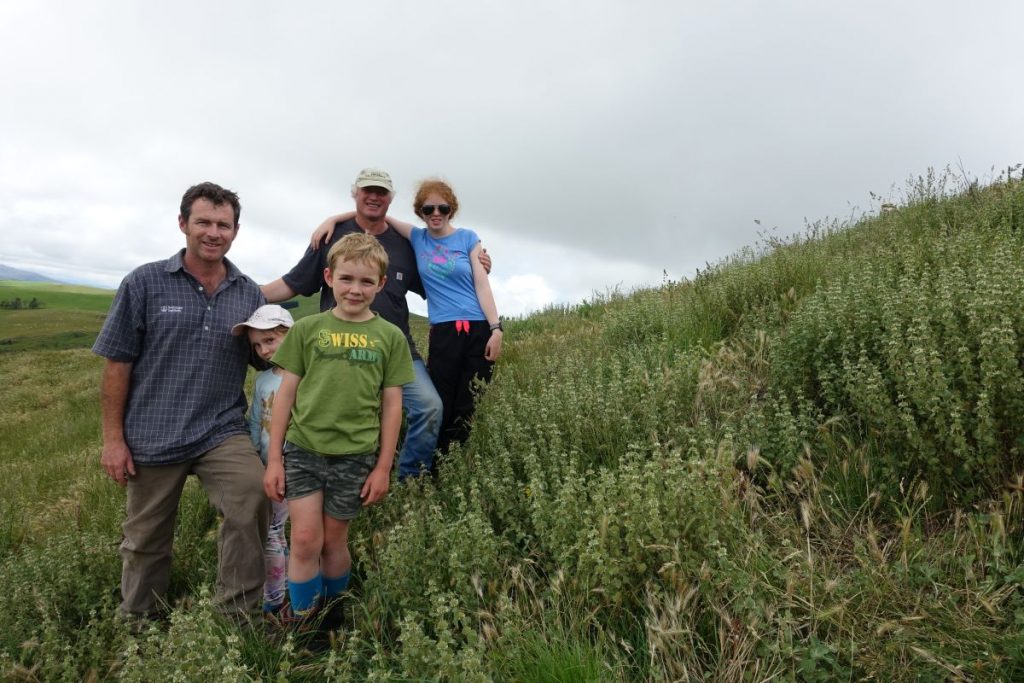
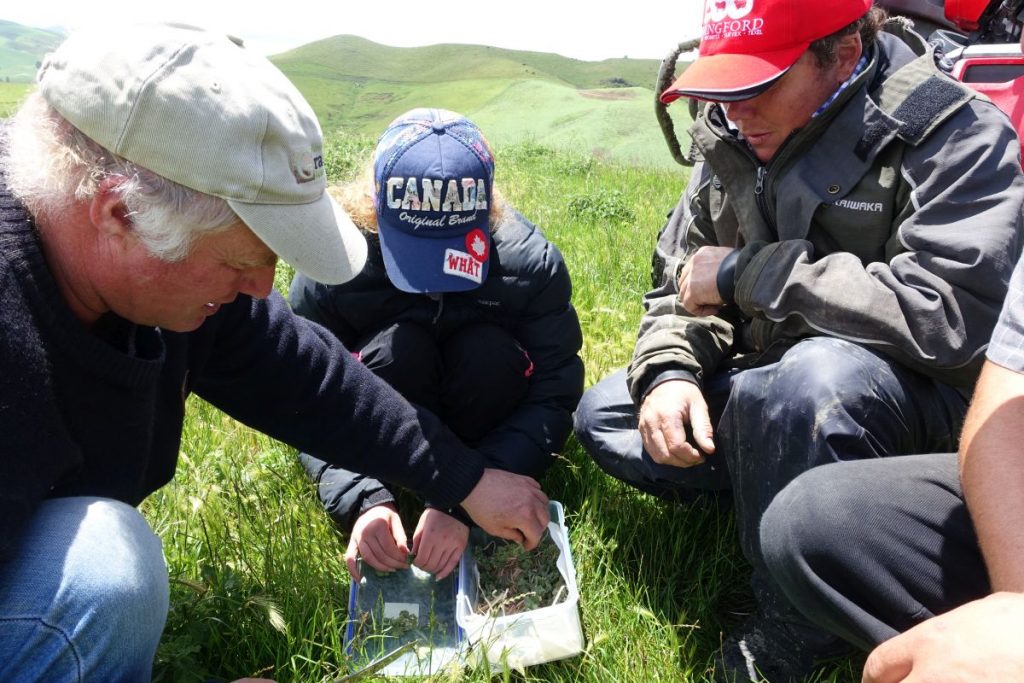
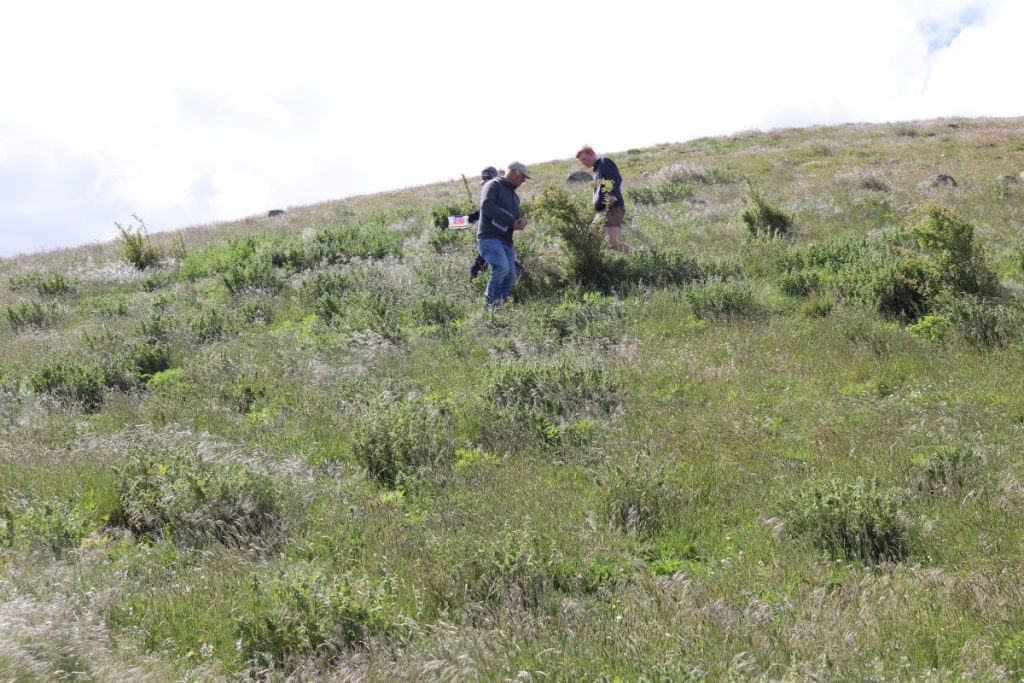
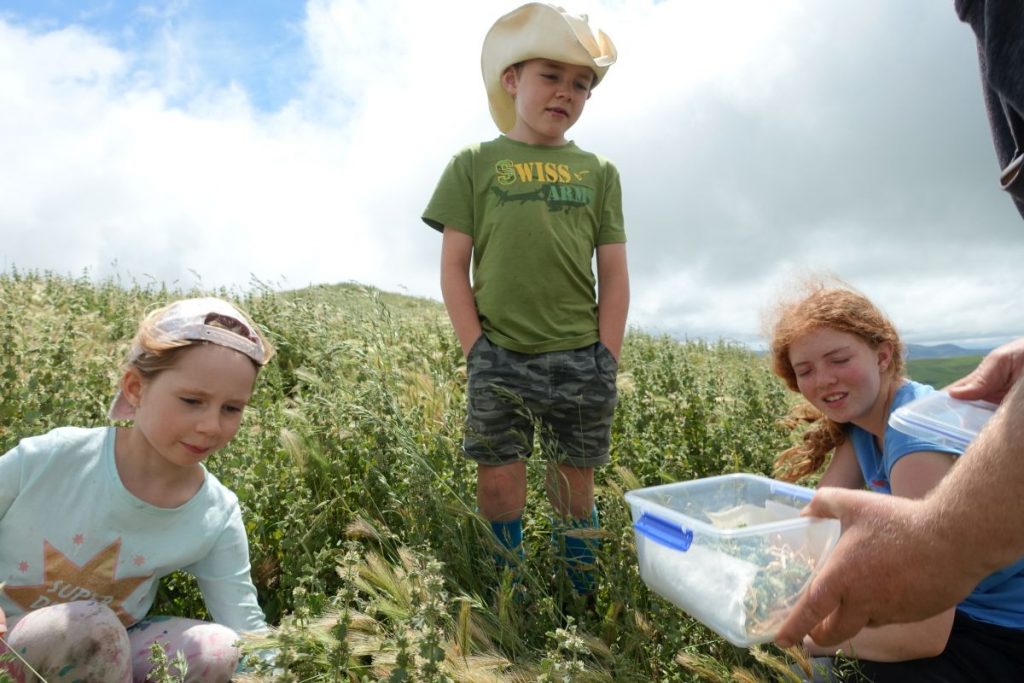
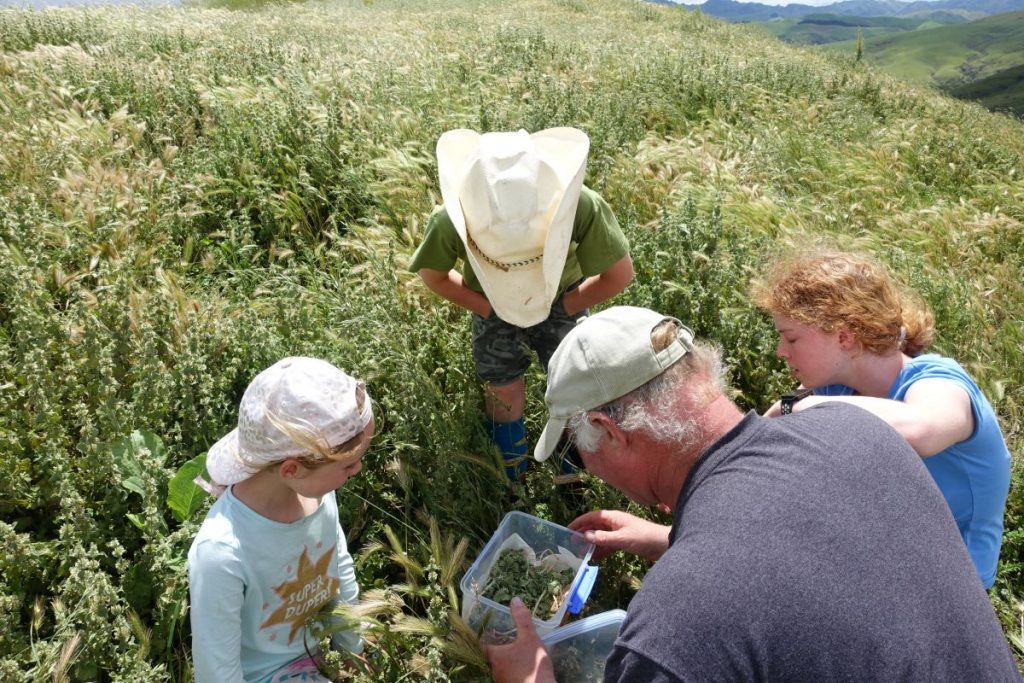
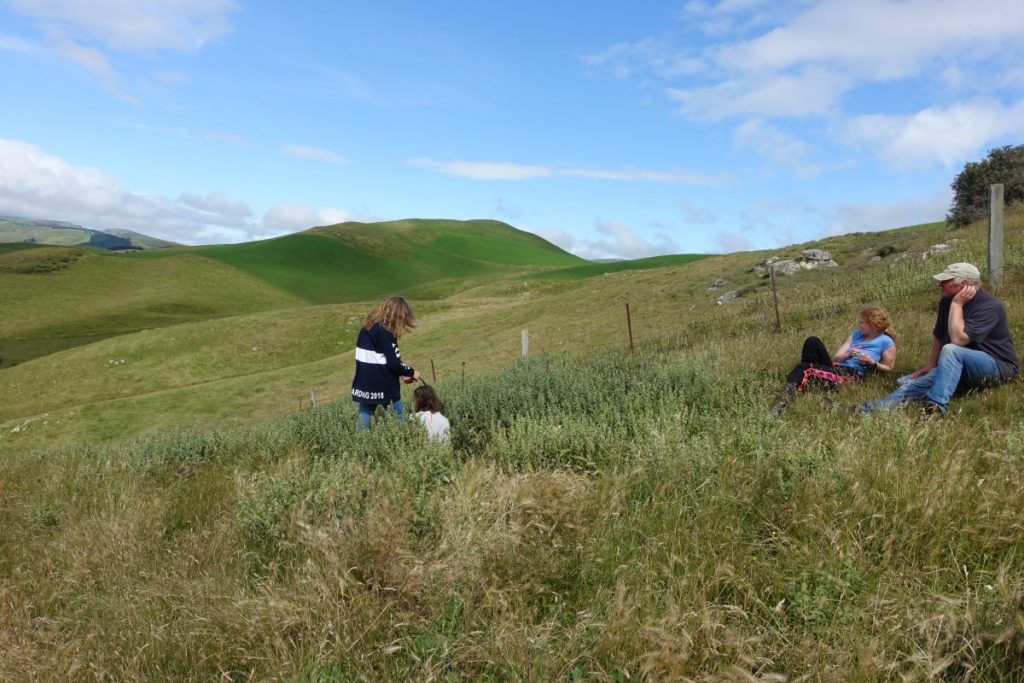
What happens next
Now comes perhaps the most difficult part – waiting. A lot of waiting.
The plume moth will again be a bit easier on the waiting front. This moth has two to three generations every year, and it may be possible to determine if/where it has established by next spring.
The clearwing moth, well… We can go back to the release sites next spring-summer and get an idea on whether the eggs we put out have resulted in infected plants. If we’re lucky, we may see adult moths (they are not easy to find!). But it will take another year from then to find out if the conditions at the release sites were suitable for the new adults to mate, which is the critical point for establishment. We would only know that if we see new plants attacked a year later. So, a lot more patience required here.
Once establishment is confirmed, we still need to give the moths a bit of breathing (and breeding) space, let the populations build up a bit, and then we can start thinking about distribution from the well-established populations into new sites. We anticipate this will happen fast (relatively speaking) with the plume moth, and that this agent could be spread widely within the next 5 years or so. Watch this space.
Best wishes,
Ronny & Gavin
You can find previous updates here.
| Dr Ronny Groenteman Biocontrol Scientist Manaaki Whenua – Landcare Research Phone: +64 3 321 9904 Email: GroentemanR@landcareresearch.co.nz Website: www.landcareresearch.co.nz | Gavin (Snow) Loxton Sawdon Station PO Box 9 Lake Tekapo 7945 New Zealand Mobile: 0274412214 Email: sawdon@lupins.nz Website: www.lupins.nz |
